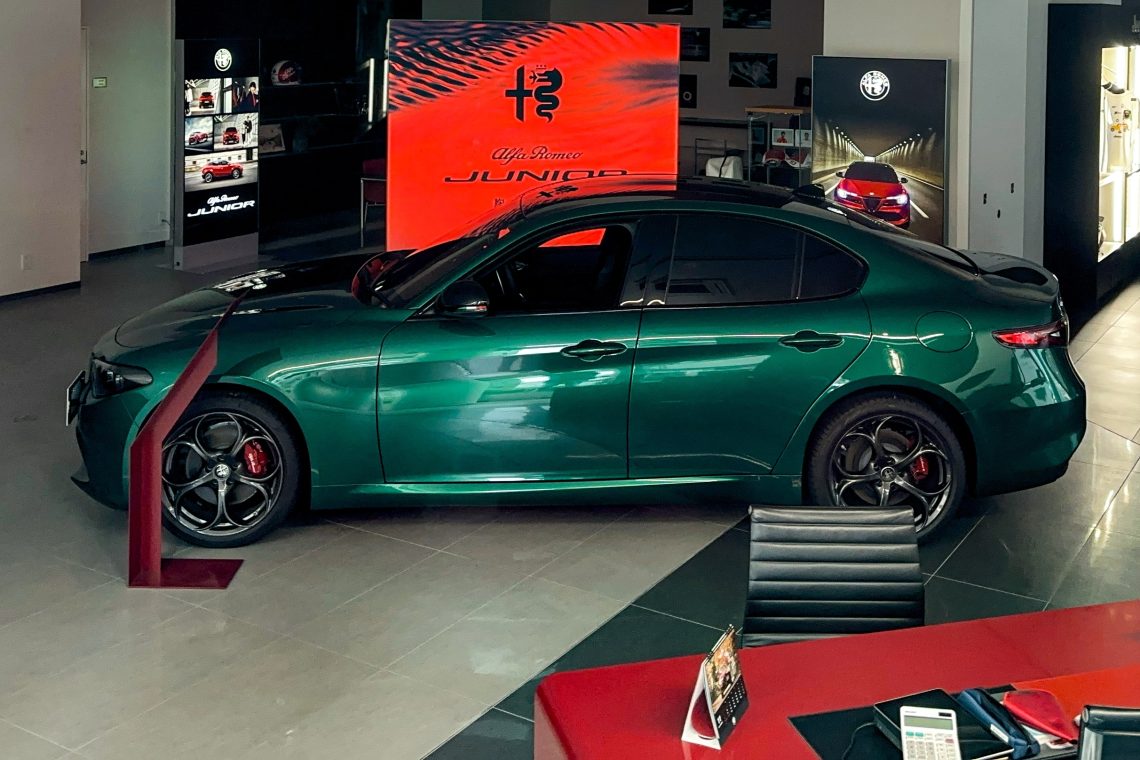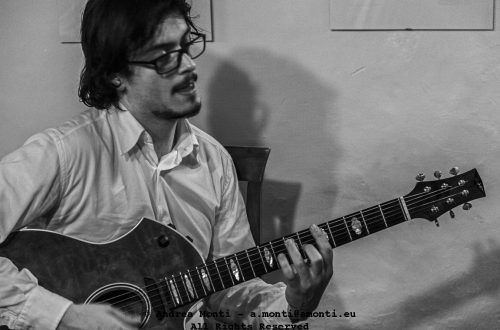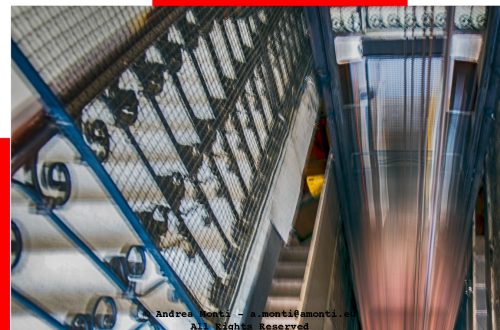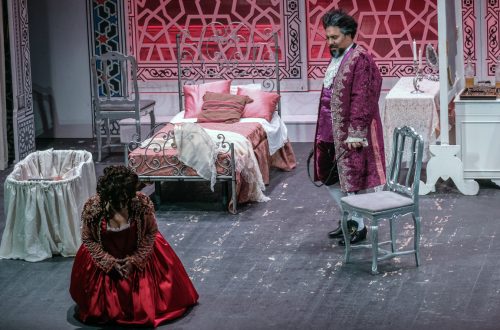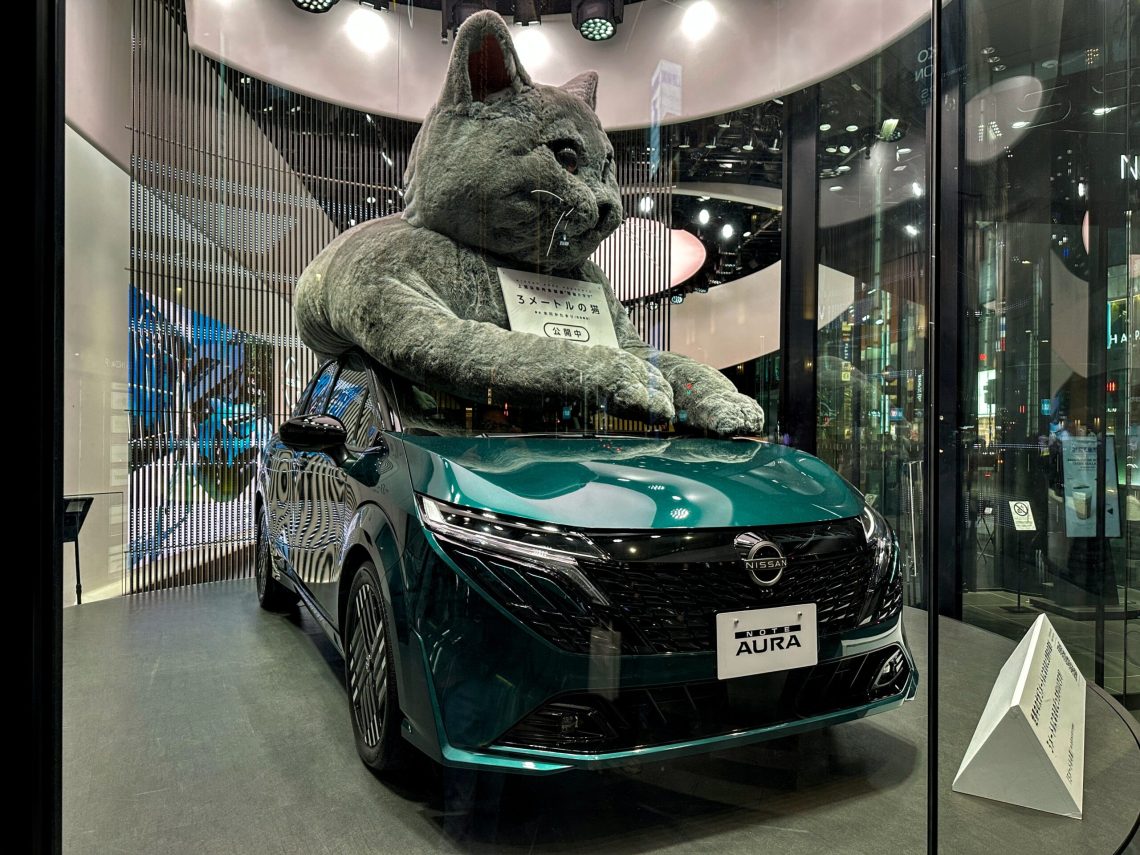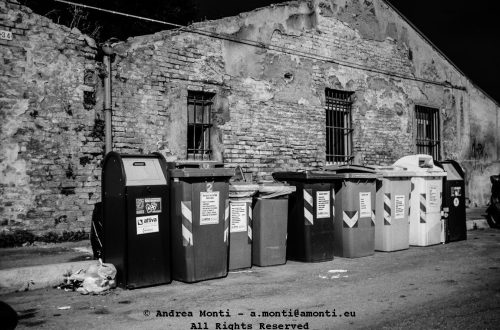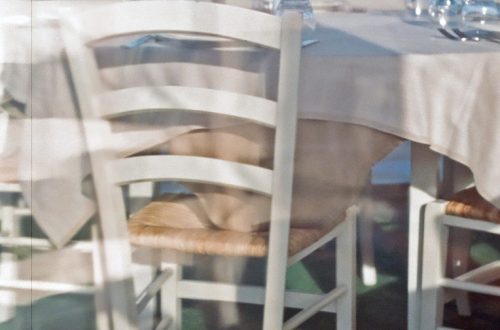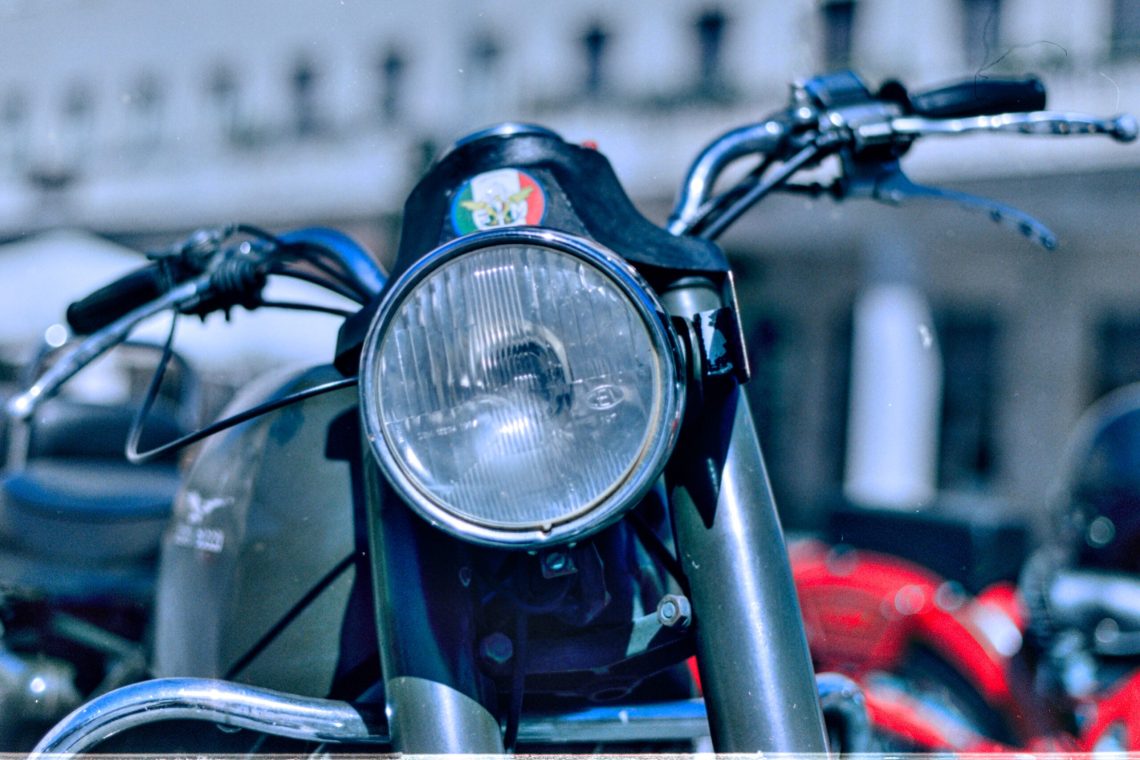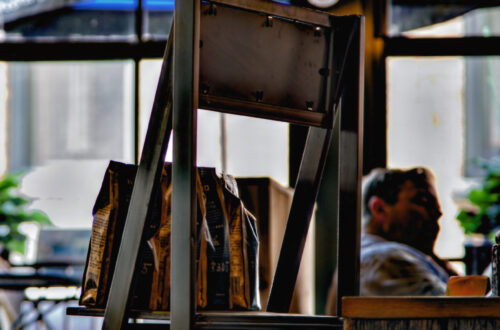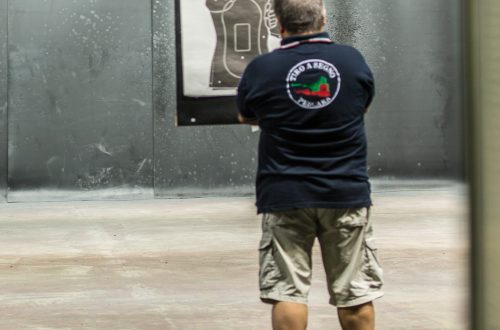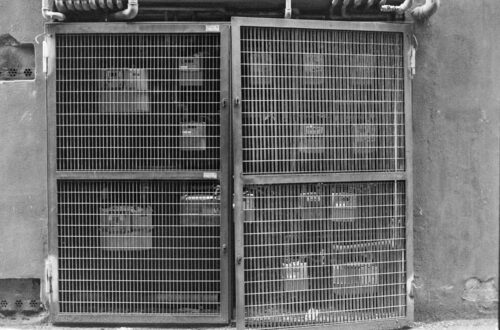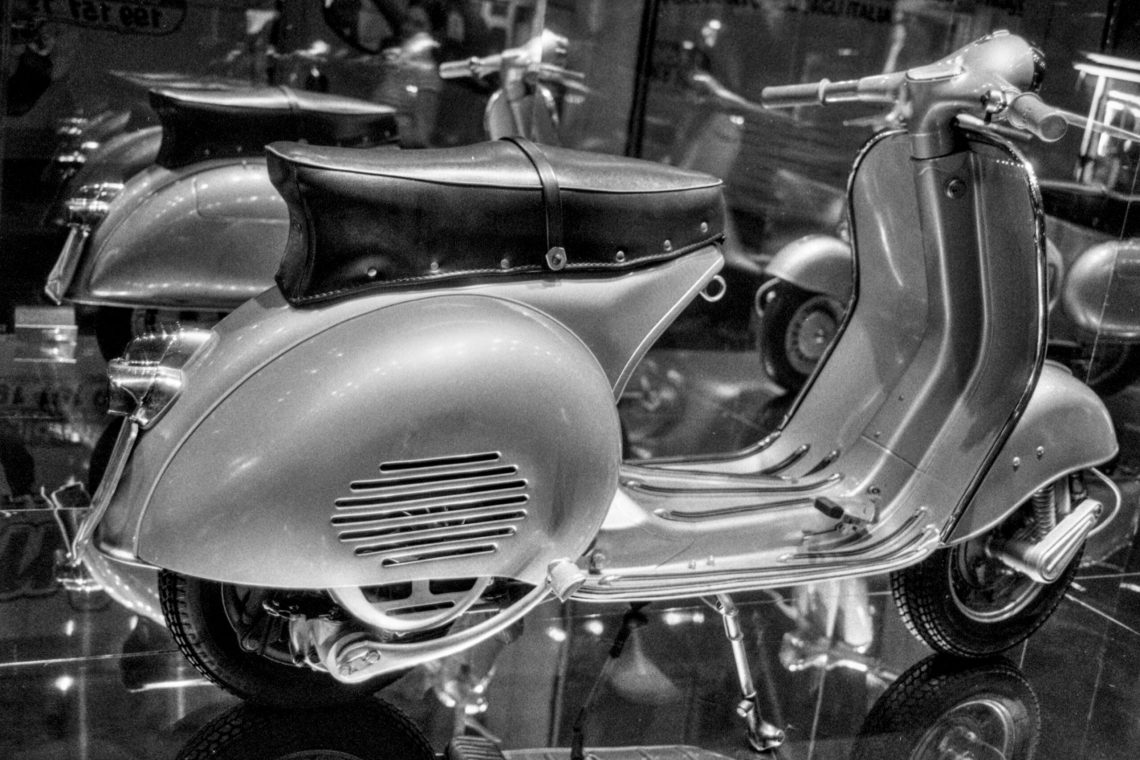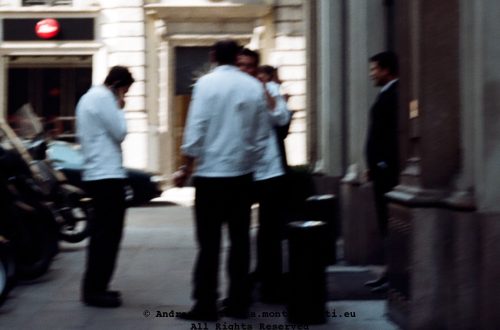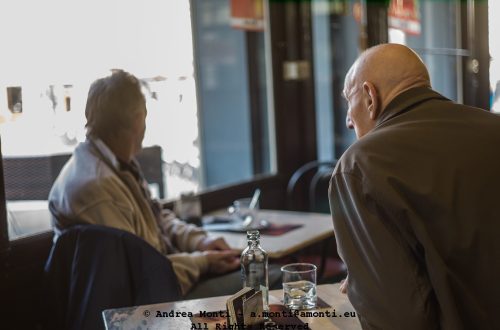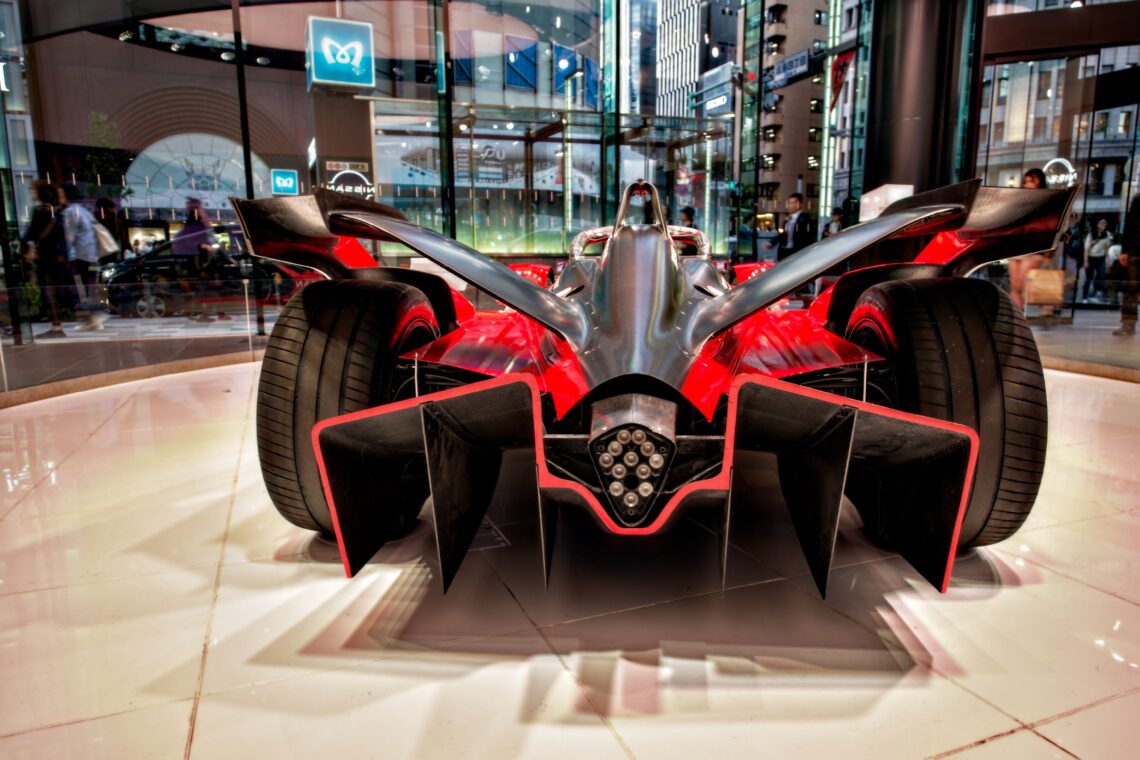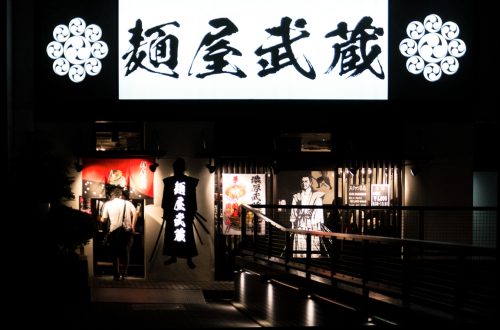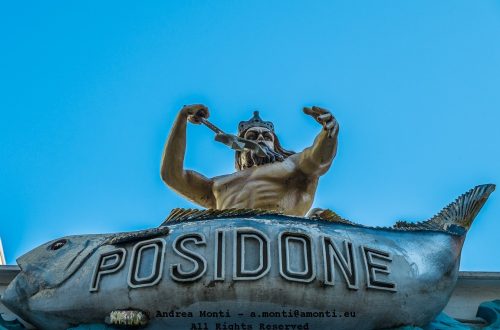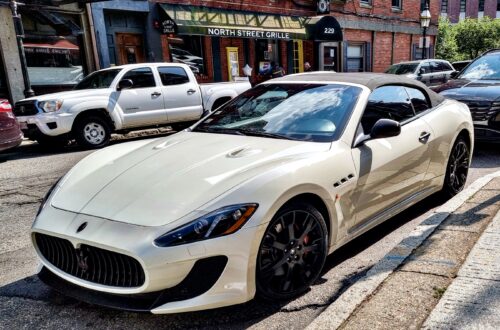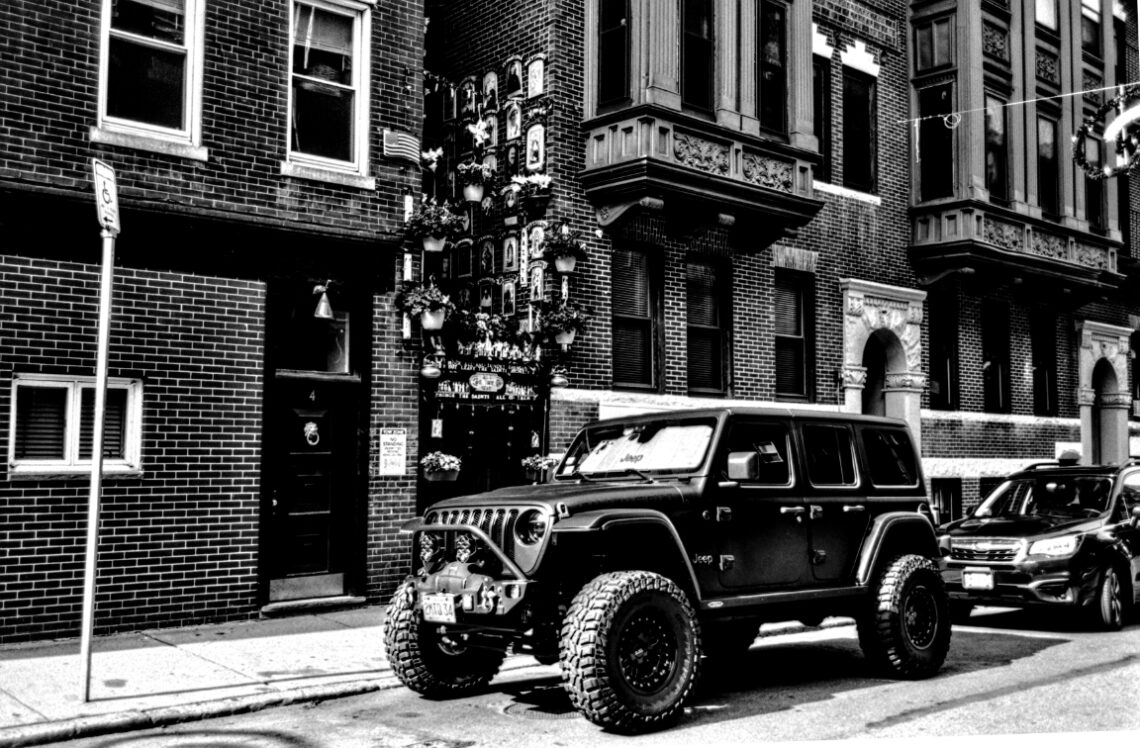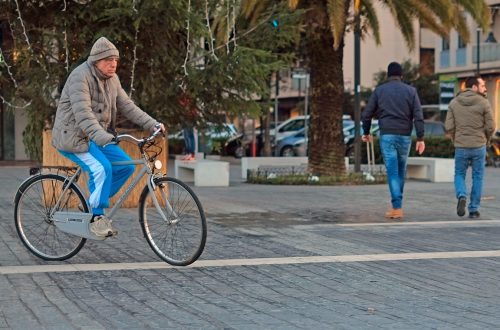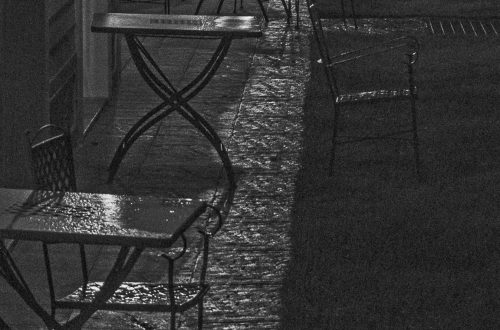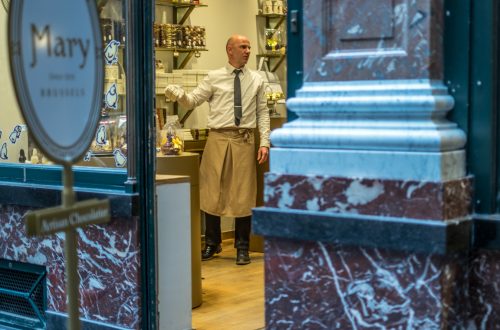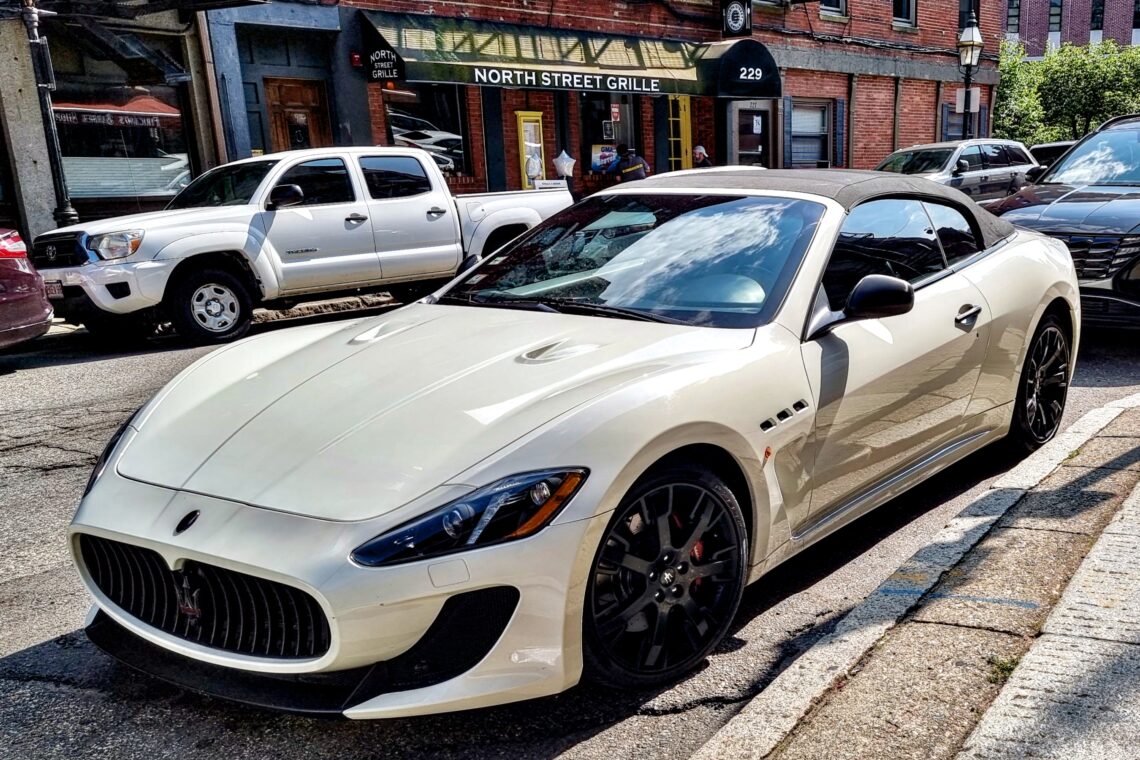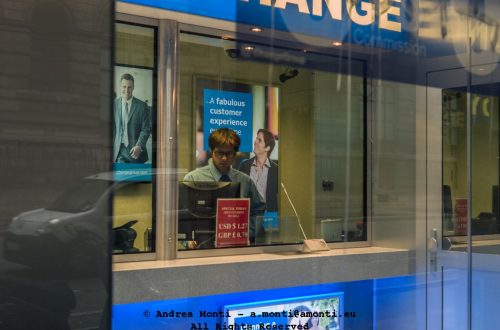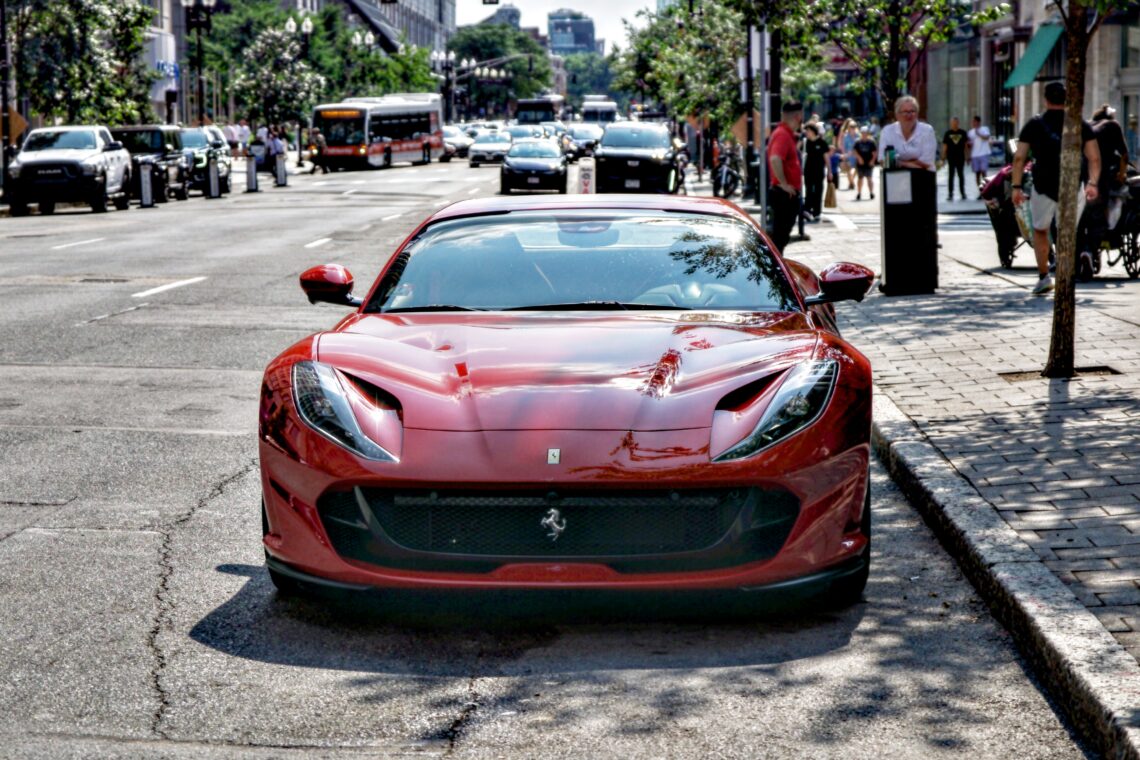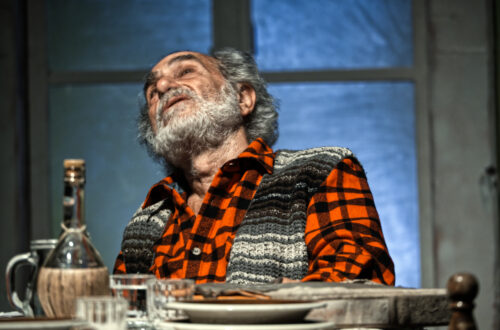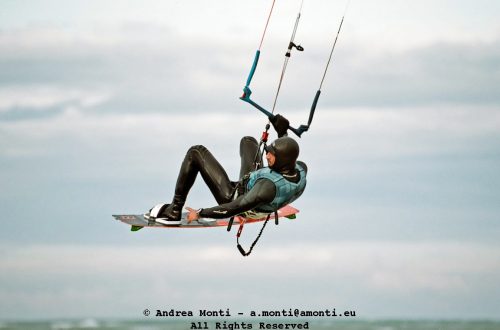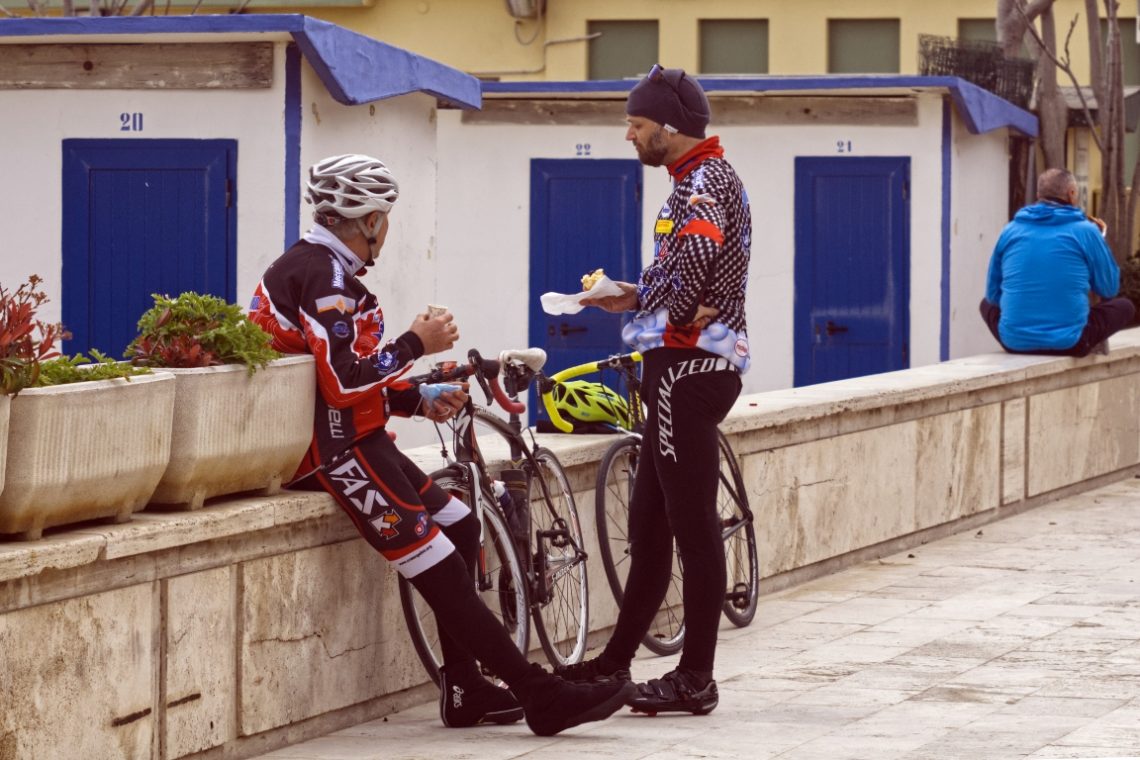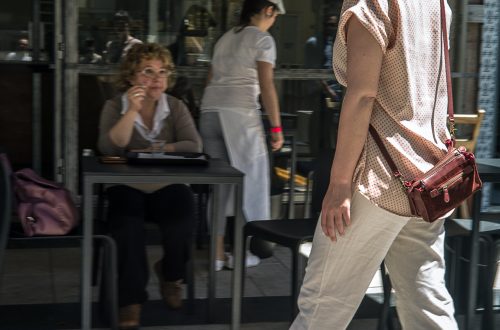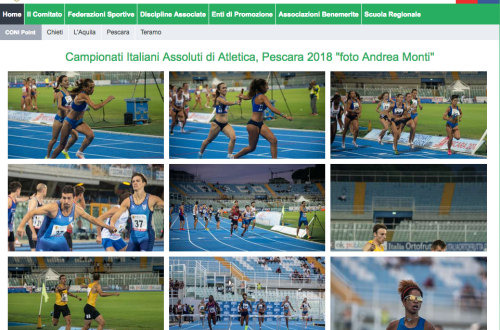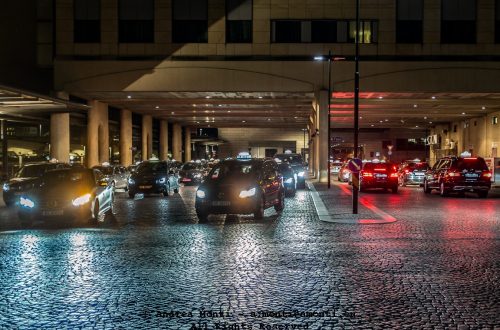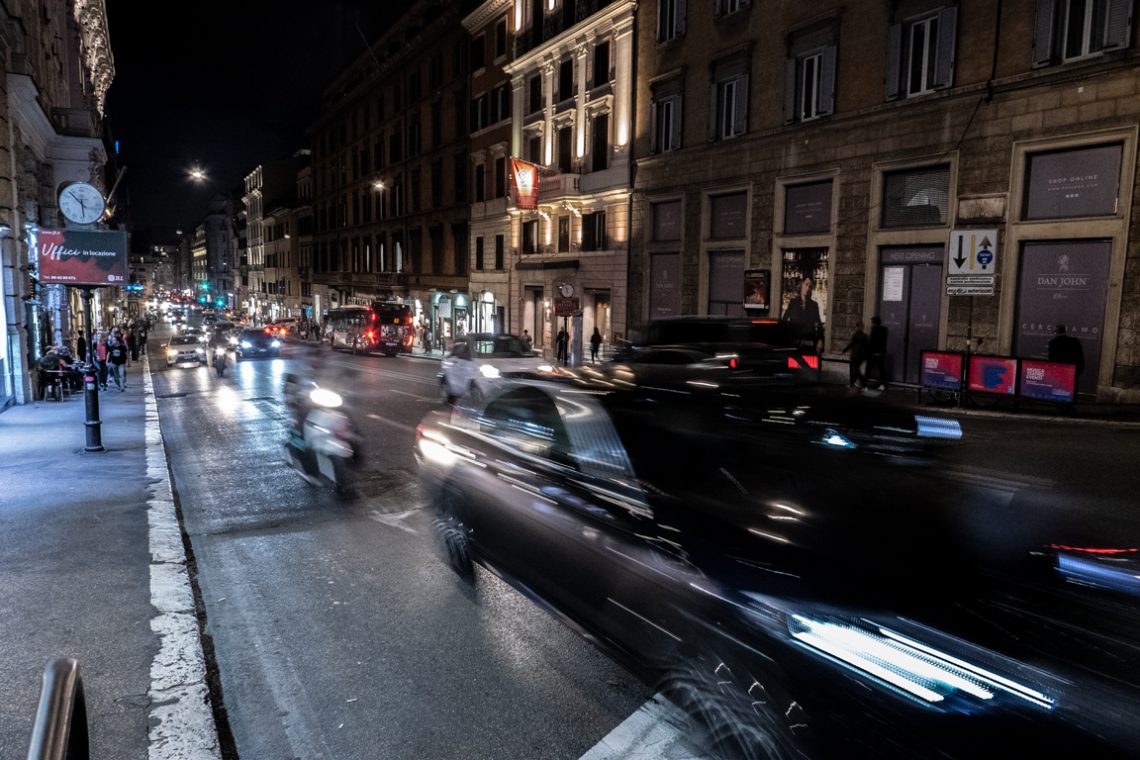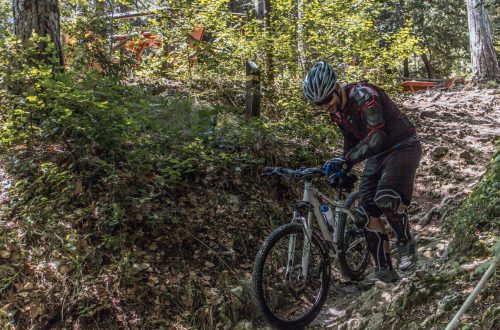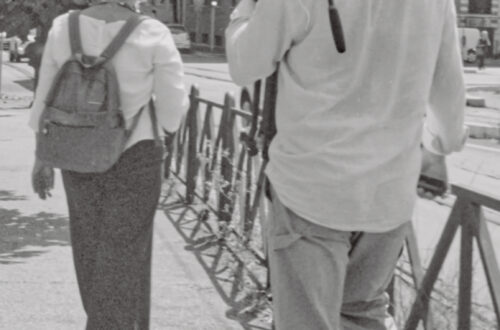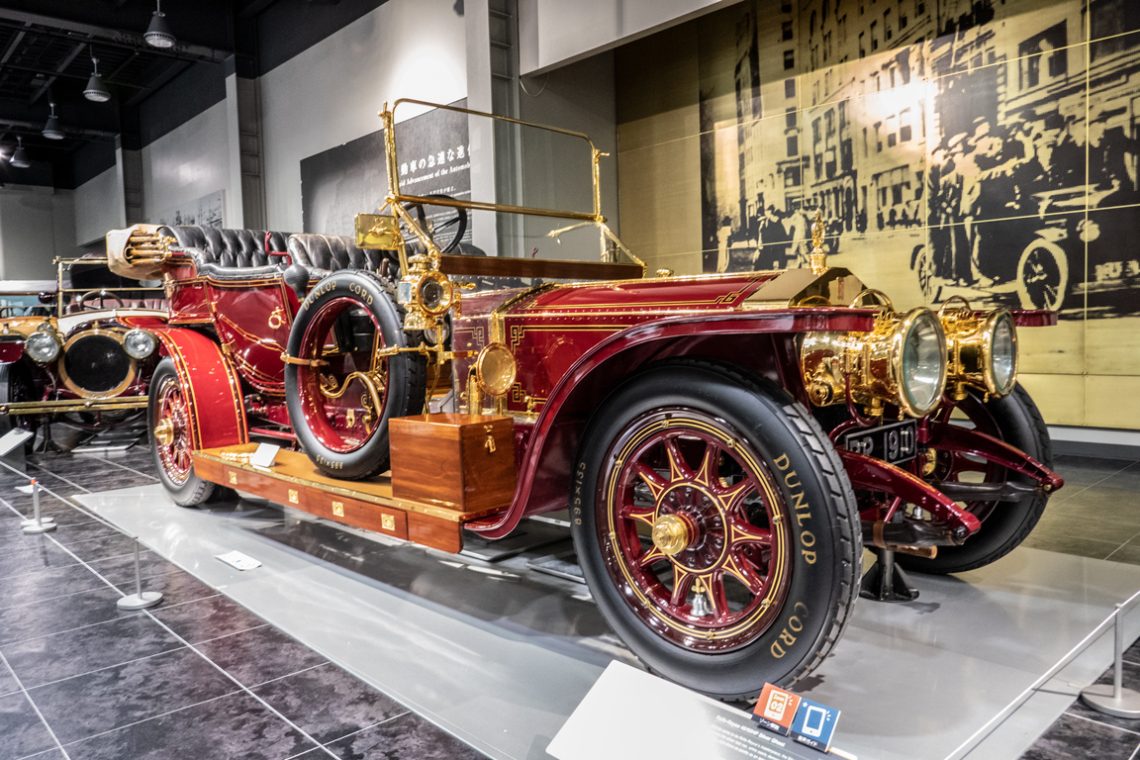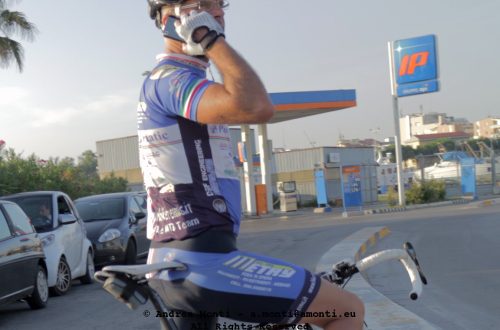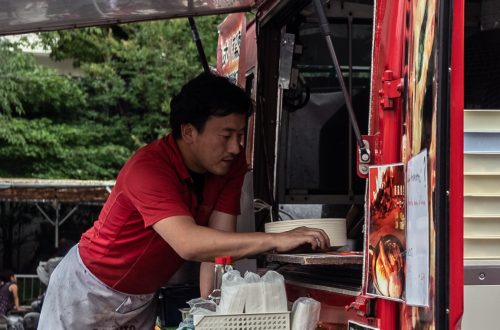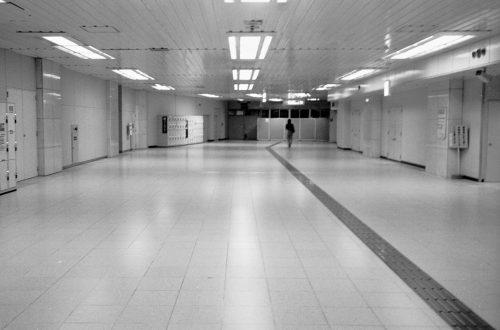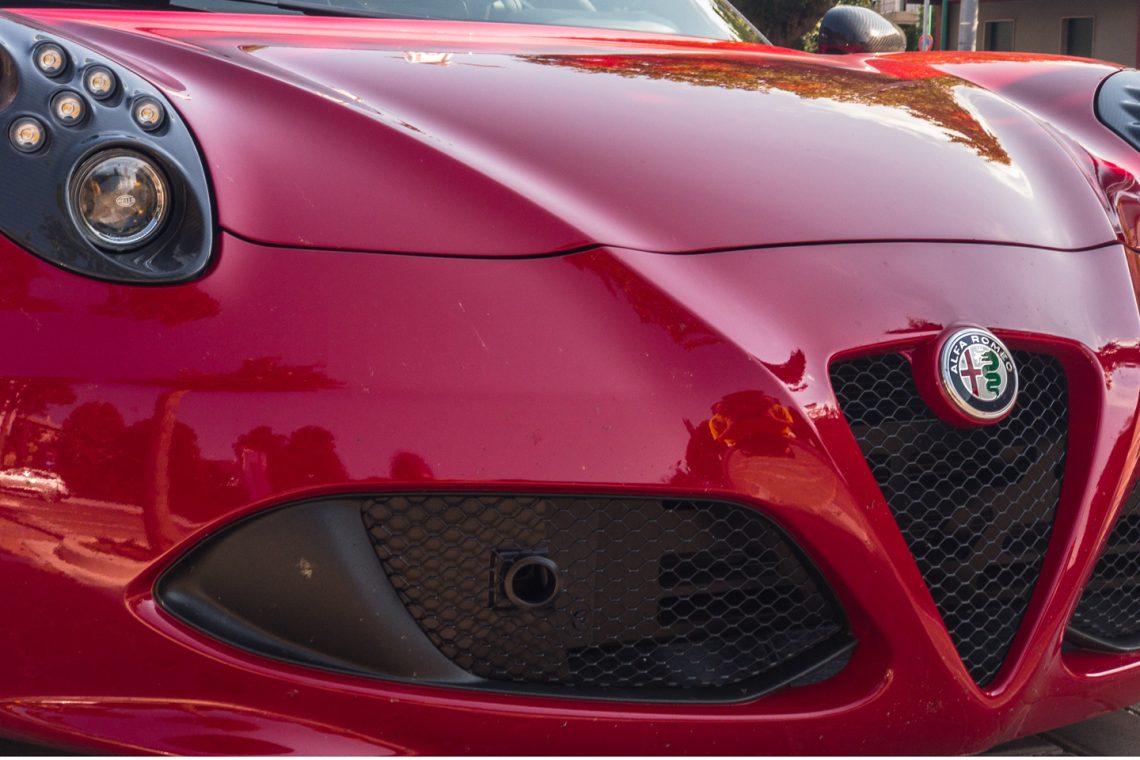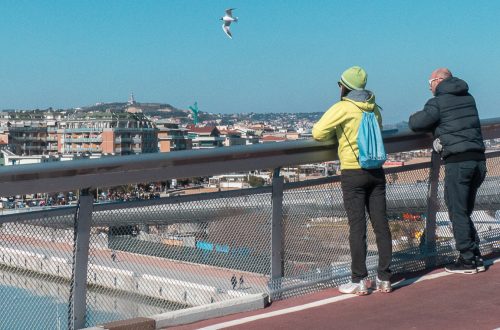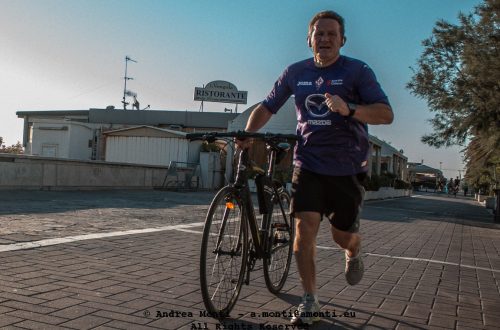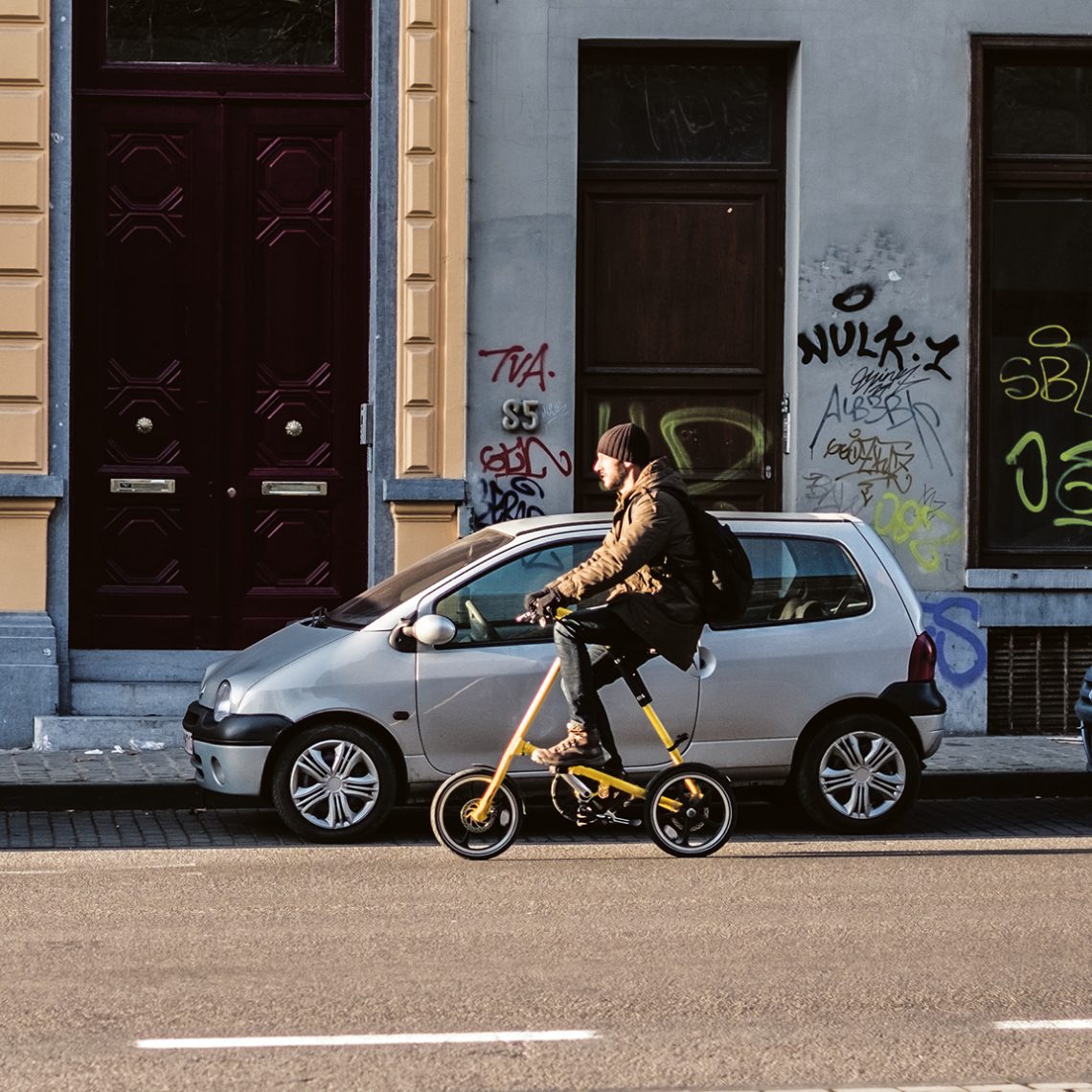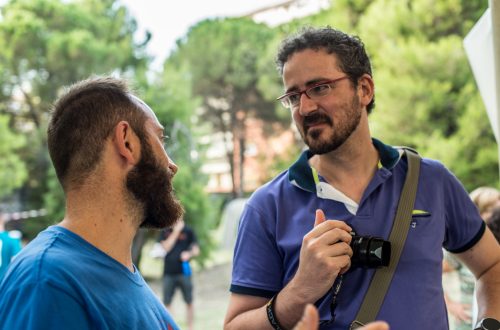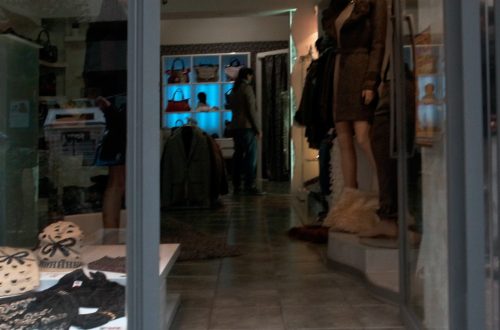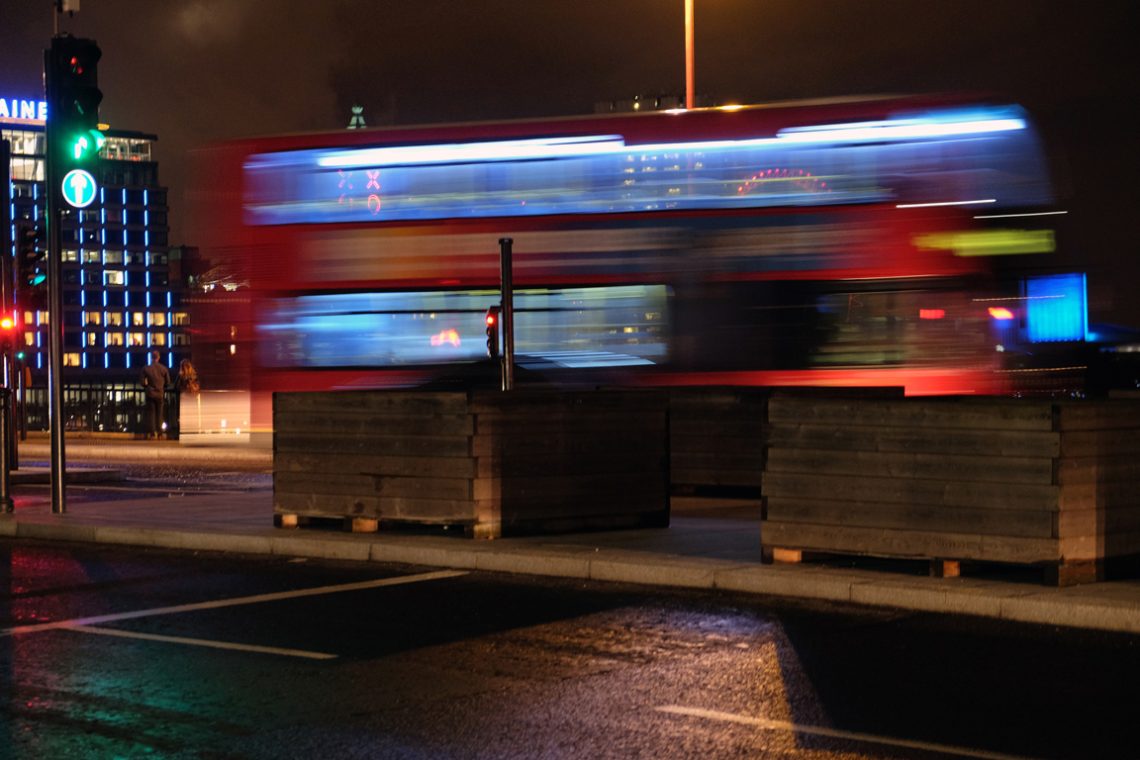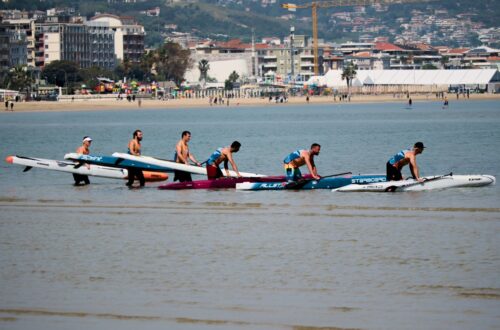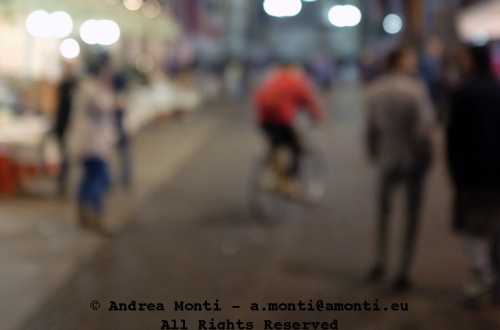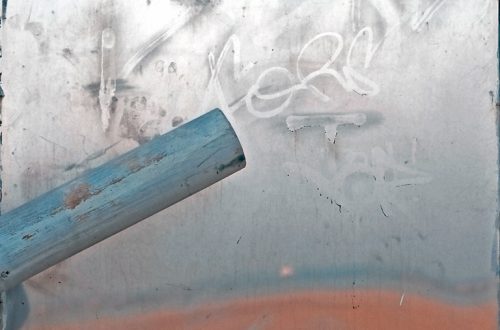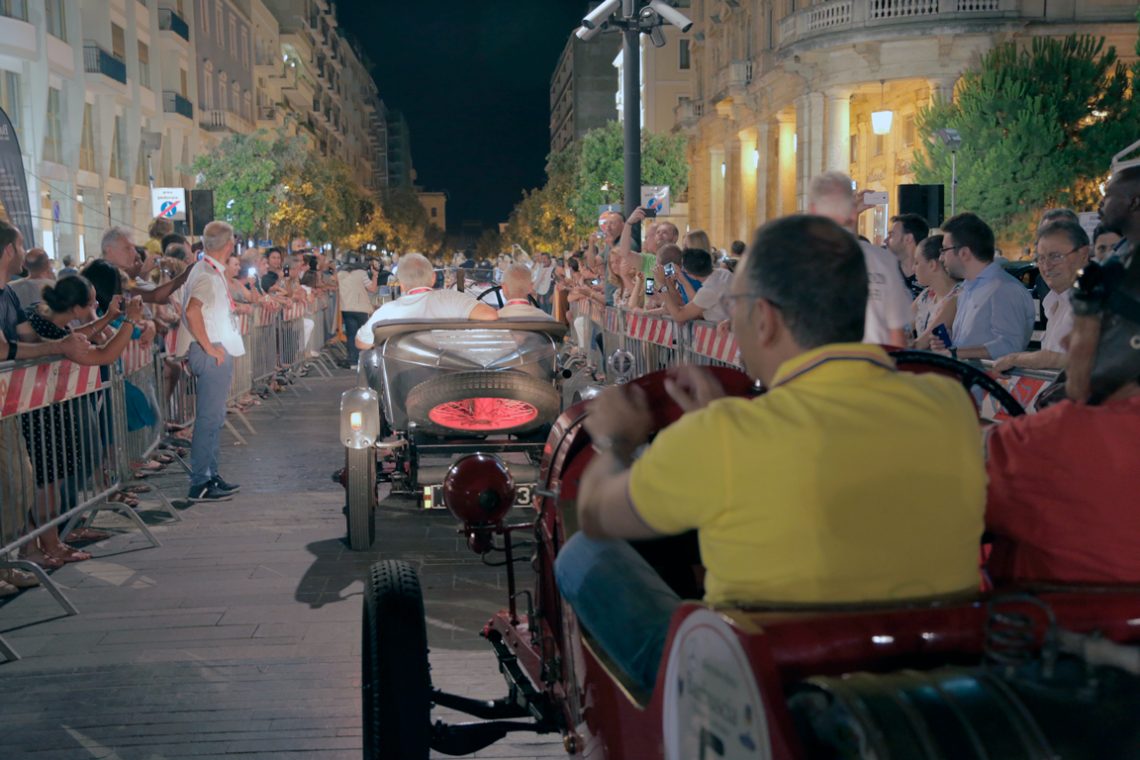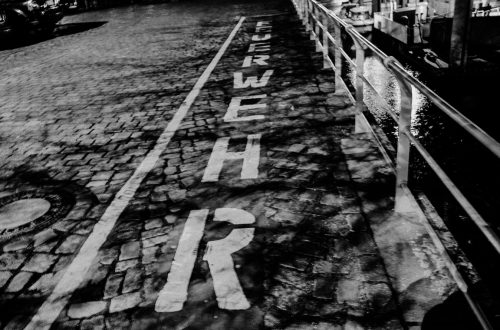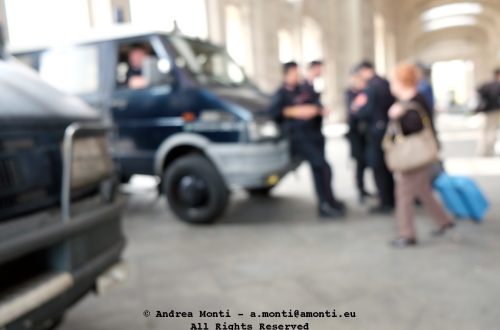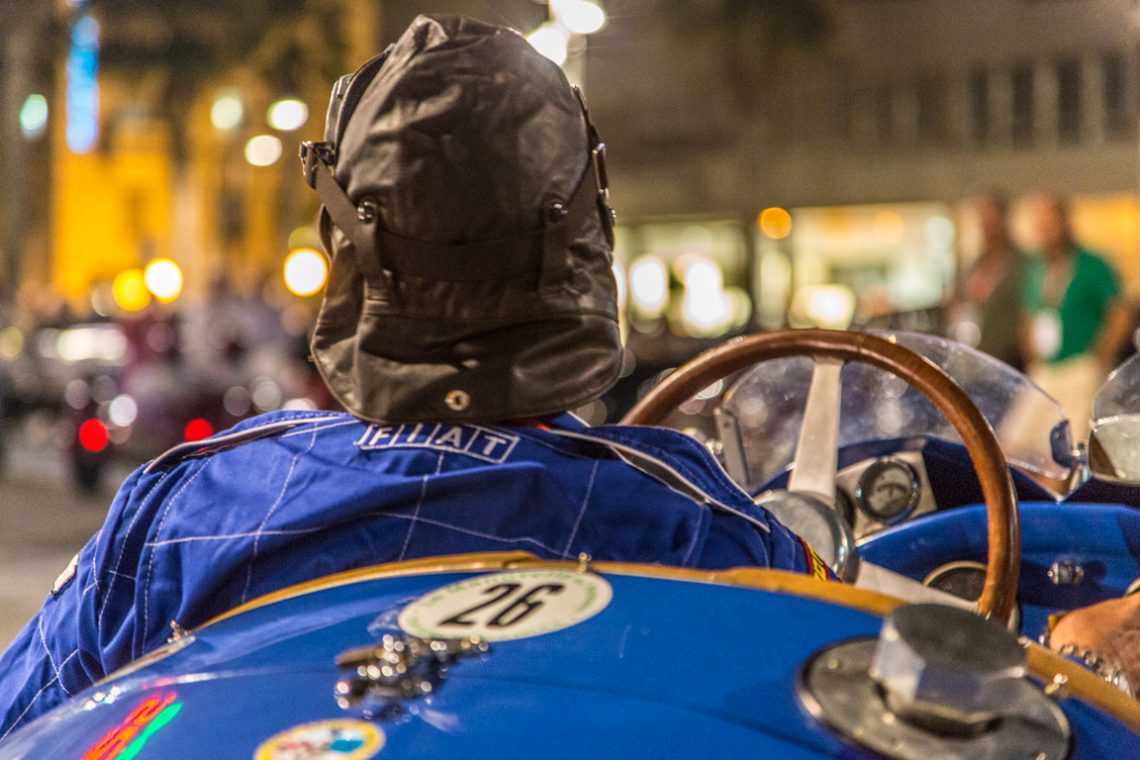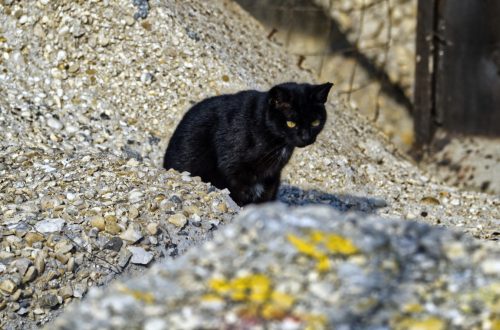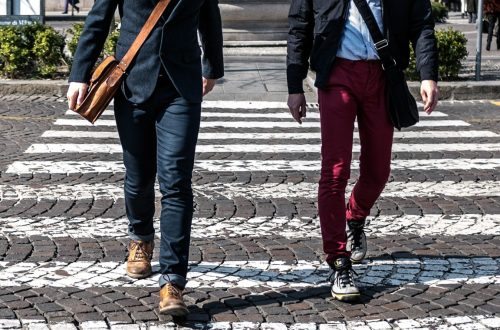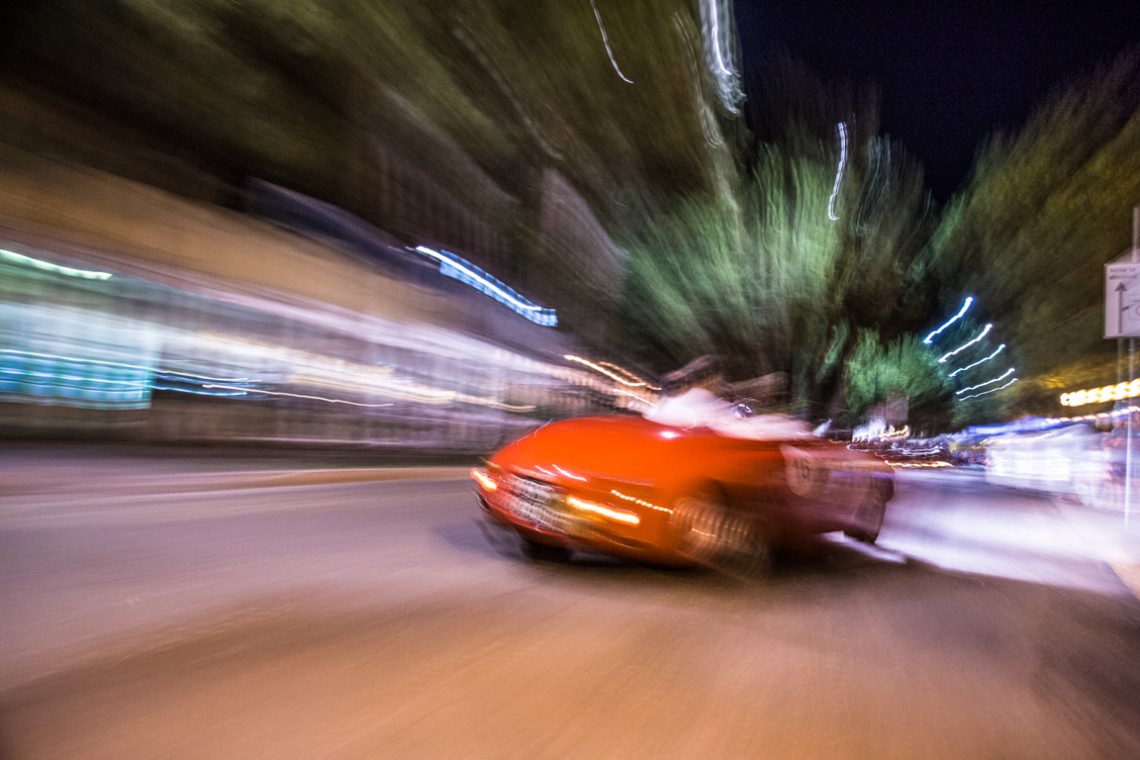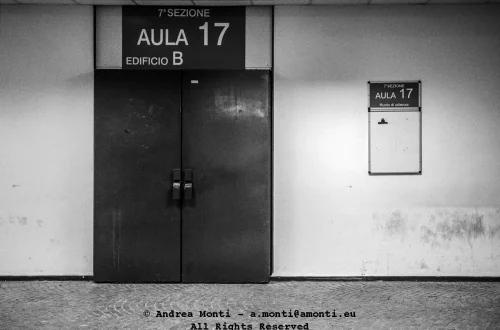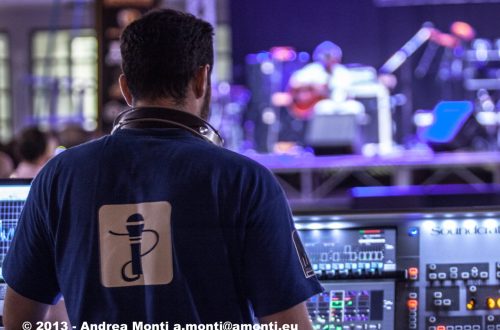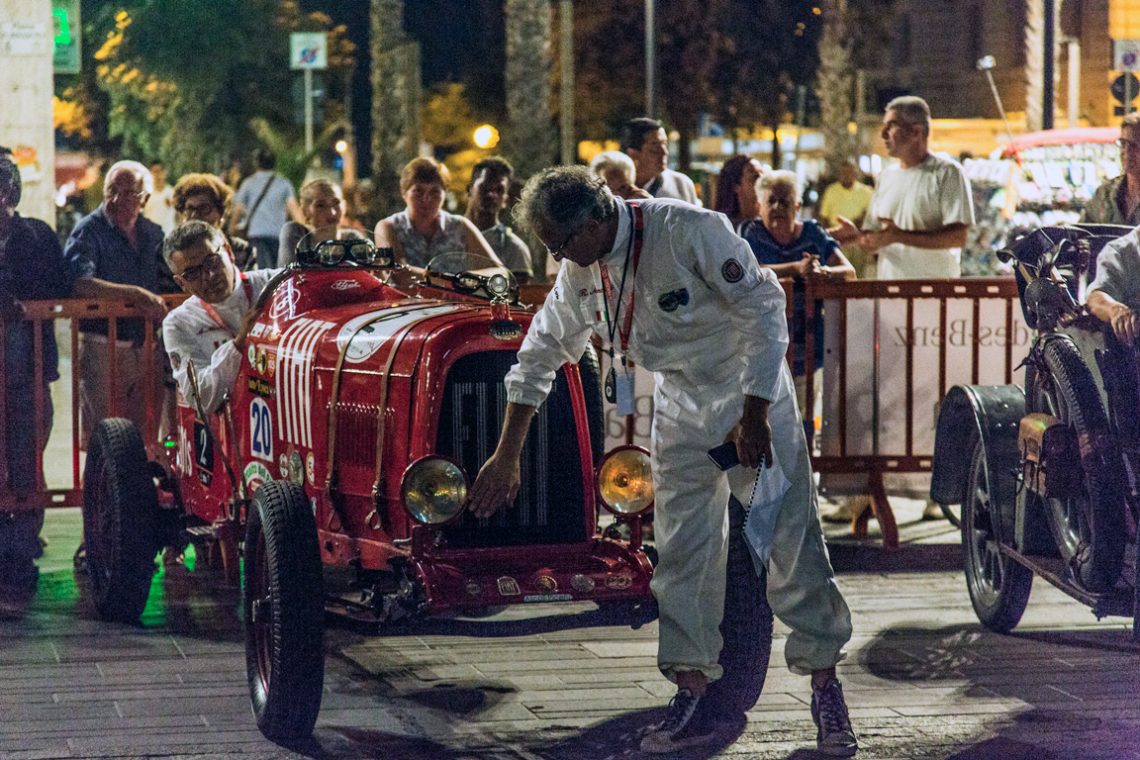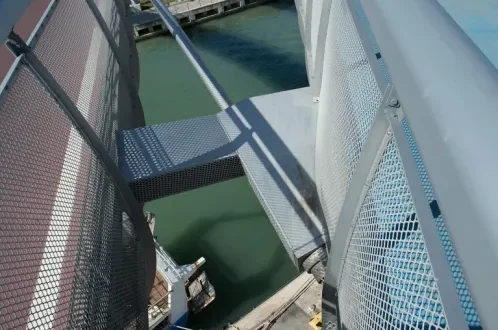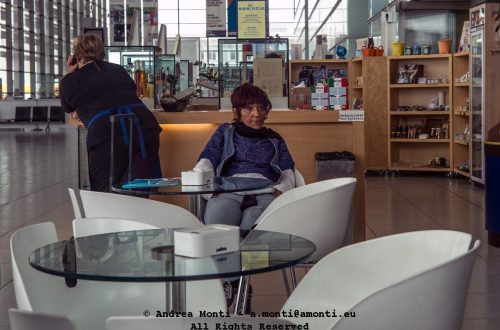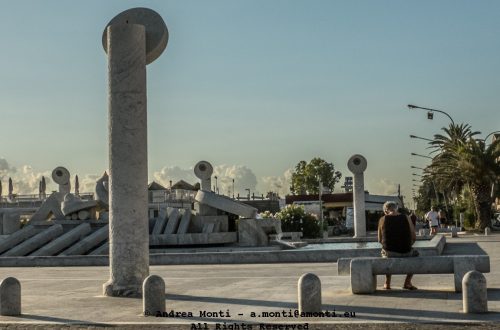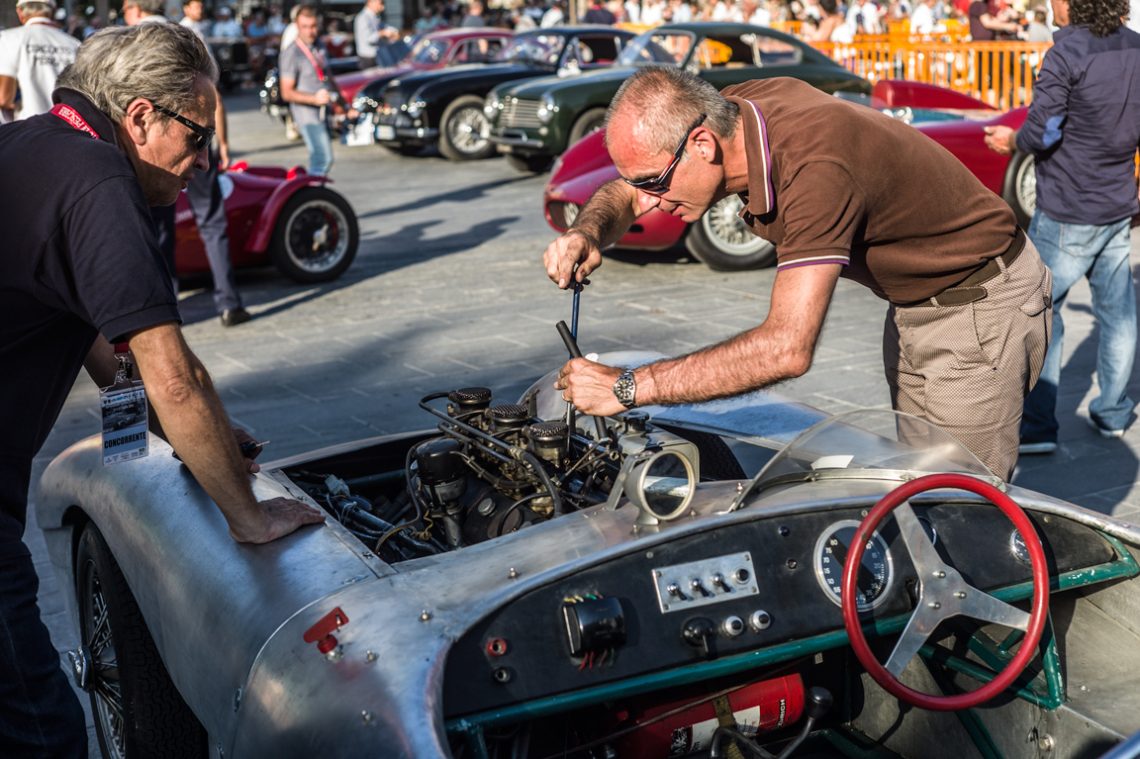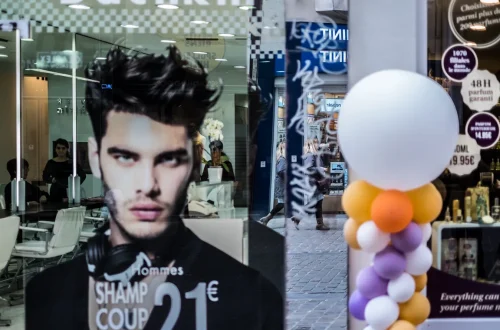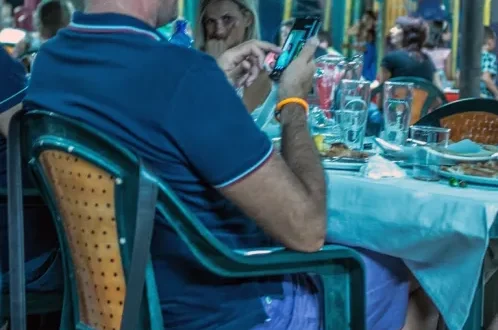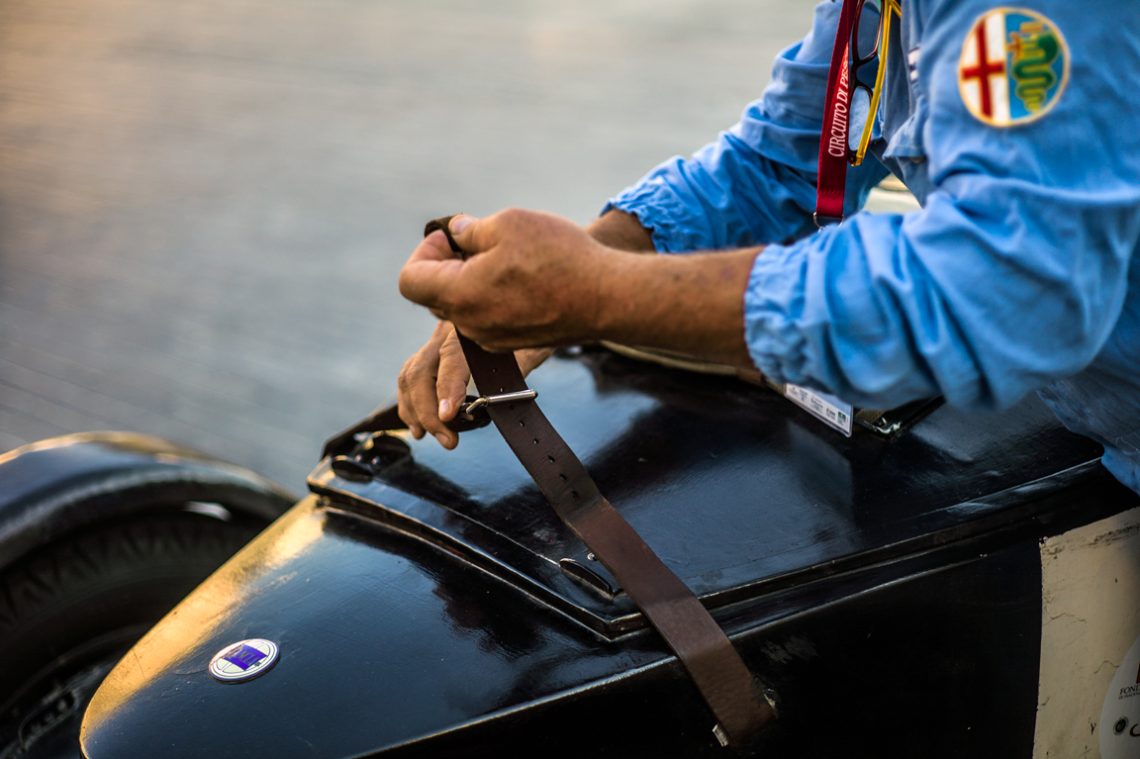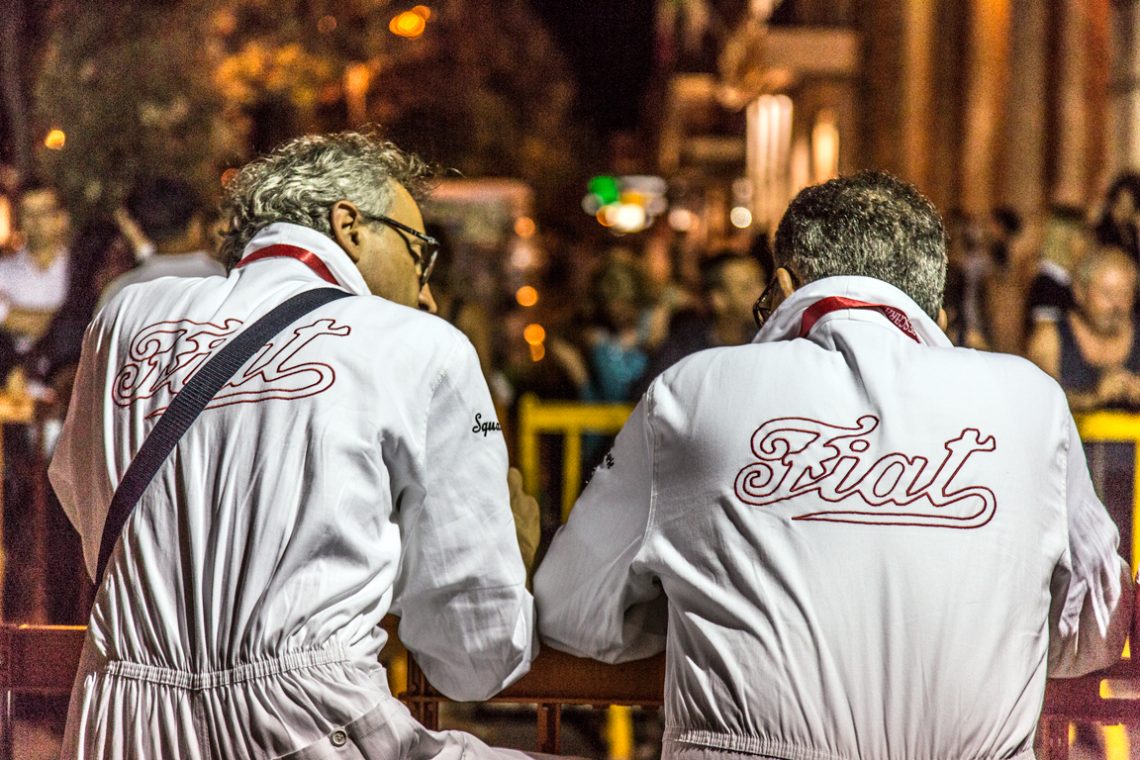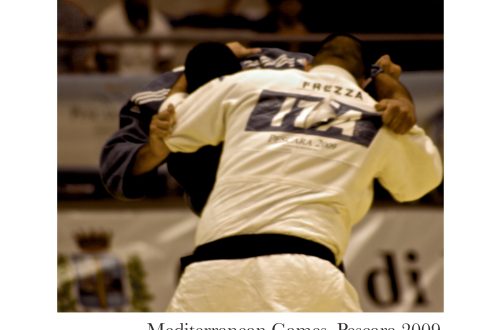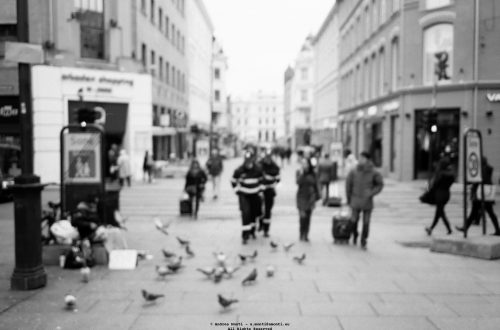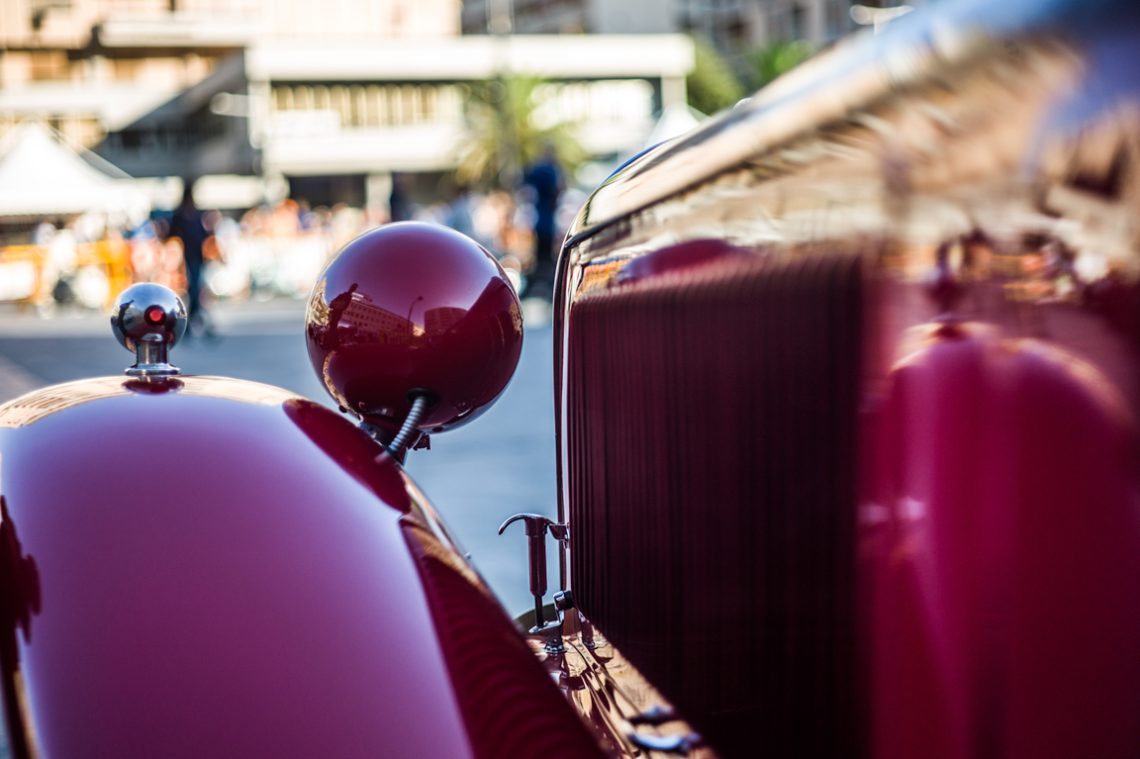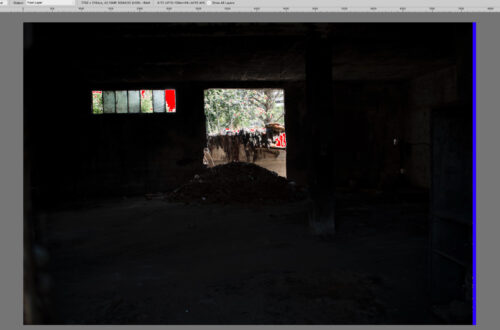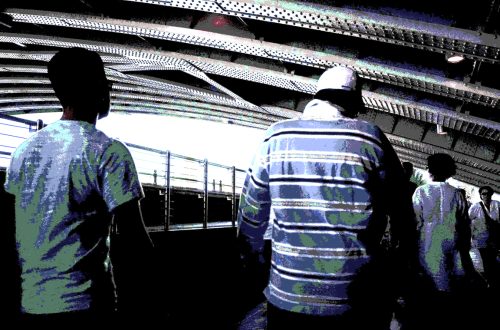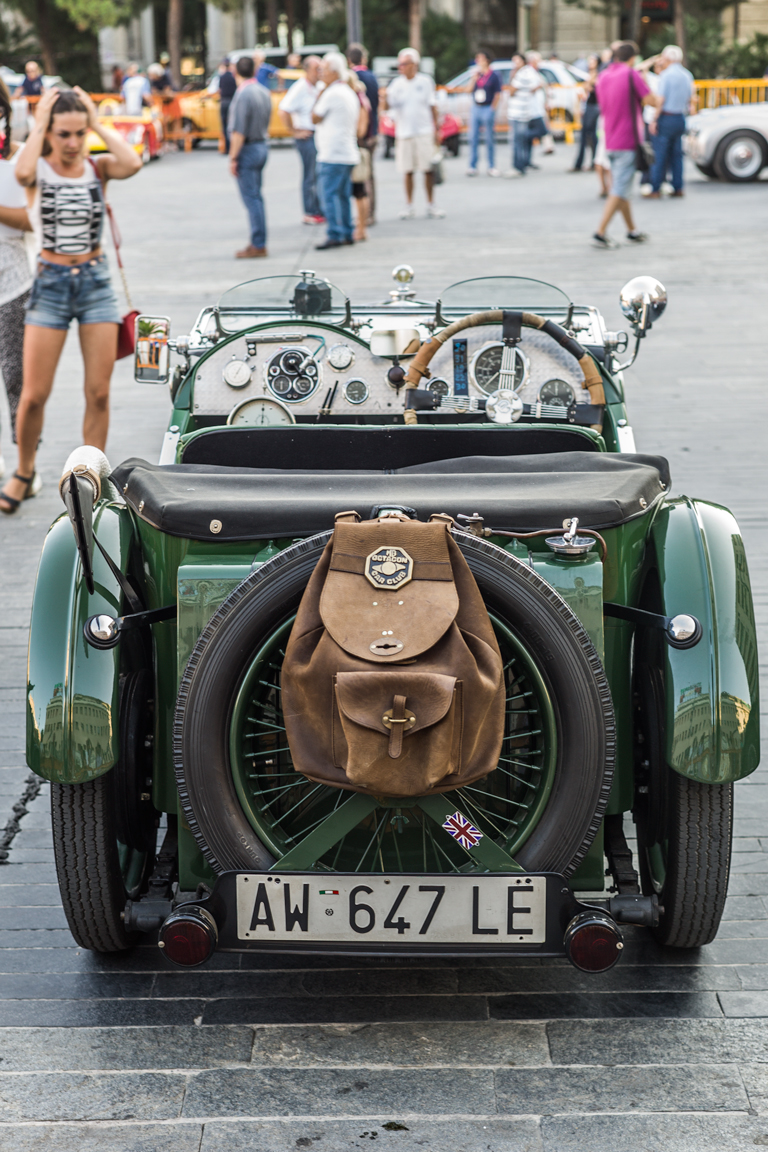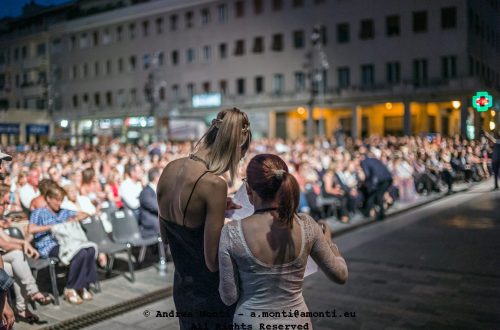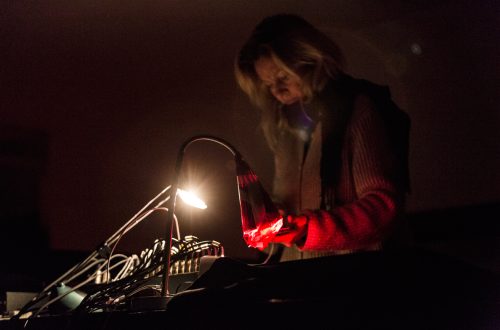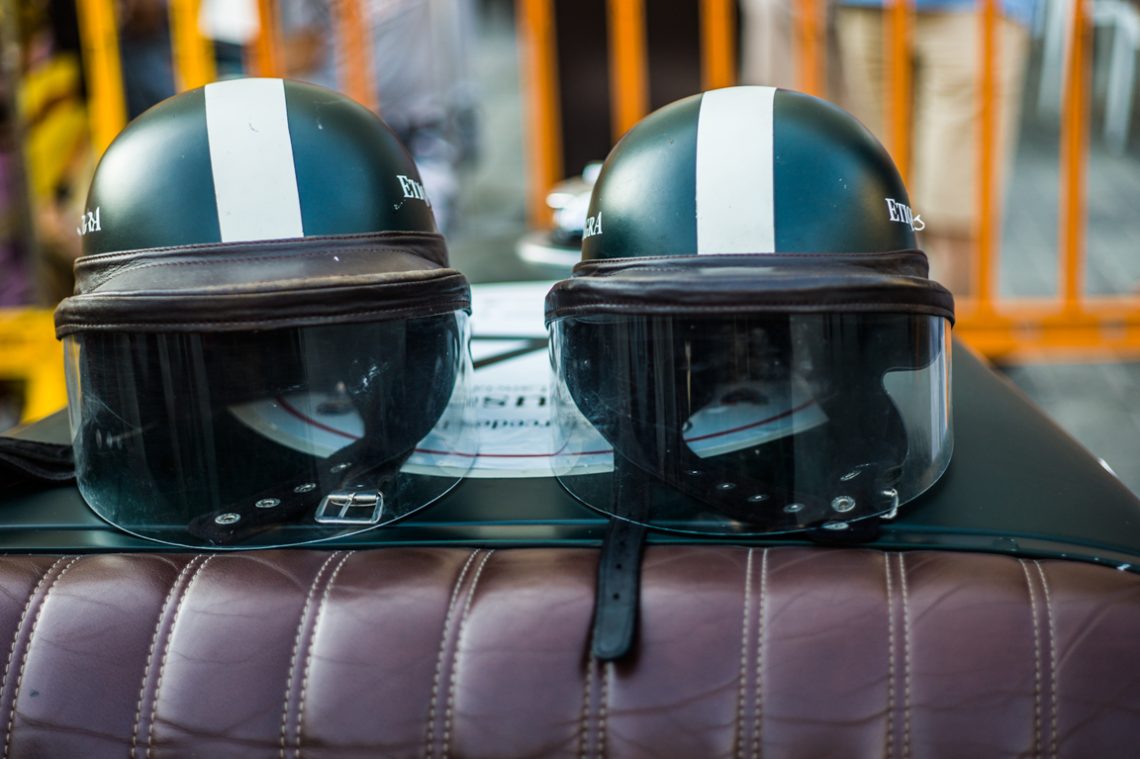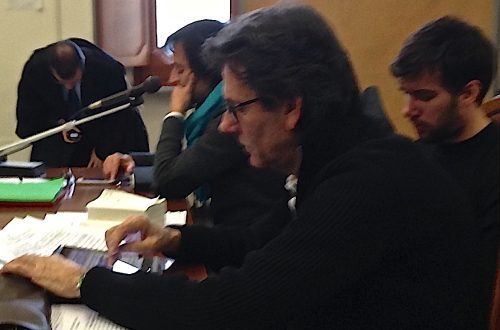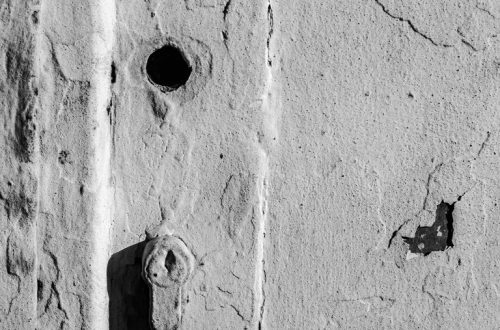Cars&Bikes
Cars & bikes photography capturing design, speed and detail, showcasing the style and power of automotive and motorcycle culture.
-
Ceci N’Est Pas Une Junior (or, Cognitive Dissonance – Part Two)
I took this photo last November while exploring a less touristy area of Tokyo: Ikebukuro. I went there hoping to see a limited edition Alfa Romeo Giulia Quadrifoglio, which was supposed to be on display at an official Alfa Romeo dealership. Unfortunately, the Quadrifoglio wasn’t there and the dealer was closed, too. So, the only option left to save the day was to take pictures of whatever could be seen through the windows. Peeping inside, though, I didn’t expect to find anything interesting in a car dealership, but I was wrong.
-
How Nissan Crossing Has Changed Over Time
As a petrolhead, I always make a point of visiting Nissan Crossing whenever I’m in Tokyo, even if only for a few hours or half a day. Situated in Ginza, one of Tokyo’s most exclusive districts, Nissan Crossing is an open space in which the car manufacturer displays its concept cars and premium models.
-
A Moto Guzzi Falcone and an Expired Kodak Portra 160 Roll
Shot with a Pentax SMC FA 50/1,4 and a Pentax Z-20 loaded with an expired Kodak Portra 160, this photo portrays a Moto Guzzi Falcone. The Falcone has a special place in the history of Italian motor industry. It was successful in both the civilian market and the military/law enfrocement sector. So strong was its appeal in this latter community that the Polizia Stradale (roughly, the highway patrol) kept it in service until the seventies despite the official manufacturing ceased at the end of the sixties.
-
Sting of the Vespa
Vespa, in Italian, is not only the name of the stingy and frightening wasp. The word also identifies one of the world’s most famous examples of industrial design, dating back to 1946, and made internationally famous by the 1953 Hollywood motion picture Roman Holiday, starring Audrey Hepburn and Gregory Peck. Initially published on 35mmc.com The creator of this iconic scooter — an example of a perfect blend of ingenuity, style and appeal — was Corradino D’Ascanio. An aeronautical engineer from my home region, Abruzzo, he also designed and built the first helicopter, whose first test flight took place in the city of Pescara, a town near Popoli, a small village in…
-
An experiment with Dall-E, ChatGPT and a Nissan S8
This is an experiment based on a picture of a Nissan S8 taken at the Nissan Crossing in Ginza.First, I asked Dall-E to describe what he ‘sees’. Then I started asking questions to locate the place where the showroom should be, being careful not to give any hints.ChatGPT did not give a correct answer on the first try, but eventually it did. Me: Describe this photo ChatGPT: This photo features a futuristic-looking race car displayed indoors, presumably within a showroom or an exhibition space. The car is designed with an aggressive aerodynamic shape, with large, protruding front winglets and an expansive rear wing, characteristic of high-speed, high-performance vehicles, possibly a…
-
UnortORTOdox (Ferrania)
This is an unorthodox use of an orthochromatic film (namely, Ferrania Orto.) It is not supposed to be the first choice for reportage or travel photography, but rules are made to be broken, aren’t they? As per the photo, it was taken in North End, Boston’s Little Italy.
-
A Maserati GranTurismo
Another piece of Italy in Boston…
-
A Ferrari 812 GTS in Boston
Amid the urban thrum of a bustling boulevard in Boston, a Ferrari 812 GTS rests with theatrical poise, like a tenor waiting for the curtain to rise. Its rosso corsa bodywork catches the sun like a blade, slicing through the cluttered backdrop of imitation, of diluted Italian flair printed onto shirts, menus, slogans. But here—here is the real thing. This image captures more than automotive power. It embodies the burden and brilliance of authenticity in a world obsessed with mimicry. The Ferrari’s uncompromising lines, forged in Maranello, don’t shout. They assert. In contrast to the busy street and distracted passers-by, the car is still, composed, sovereign. It doesn’t need motion…
-
Deserved Rest
-
Fast Drivers in Via del Tritone
Via del Tritone at night has a way of compressing time. Standing at the curb, I could feel the pulse of the city—headlights cutting through the darkness, scooters weaving between lanes, the chatter of pedestrians briefly audible before being swallowed by the traffic. I set out to capture that restless energy, the kind that makes you feel Rome isn’t an ancient city at all, but something entirely modern, alive and impatient. The shot hinges on motion blur. A slower shutter allowed the black car in the foreground to smear into streaks of light and shadow, while the scooters retained just enough form to remain identifiable. This contrast between sharp architectural…
-
Old Rolls, Immortal Style
When I stepped into the Toyota Museum in Nagoya I wasn’t there to chase a vintage V12 roar – I was after a photograph that could make the steel of those hatchbacks sing. I set the camera, took a breath, and aimed at the gleaming 2000‑series Corolla perched beneath that cathedral‑like skylight. The result is a picture that feels like a high‑octane sprint through a showroom, but let’s not pretend it’s flawless; let’s break it down the way a proper car reviewer would.
-
The Pulse of Passion: A Story Told in Red
The front of the Alfa Romeo 4C is not just a car’s face—it is a declaration. In this image, the camera leans close, as if listening to the car breathe. The deep metallic red curves catch the light like liquid, while the famous triangular grille bears the badge of a century of Italian automotive romance. The car feels alive, even at rest. Its eyes—clusters of round lamps, more creature than machine—seem to watch the street with intent. The reflections of trees and buildings ripple across the bonnet, turning the polished paint into a living canvas of its surroundings. It is a reminder that driving is as much about the world…
-
Traffic Master
-
London in Motion: A Night Ride in a Single Frame
A red double-decker bus slices through the night, leaving only its luminous ghost behind. In this fleeting moment, captured on a wet London street, the city reveals its rhythm—not through its buildings or its people, but through its constant movement. The bus doesn’t pause to announce itself. Its iconic shape is blurred into streaks of red and blue light, a reminder that in this city, life is always in transit. The wet pavement catches the glow of streetlamps and traffic signals, spreading the colours like brushstrokes across black asphalt. Even the green arrow on the traffic light seems to point the way forward, as if urging the scene along. Behind…
-
An Old Motorcade At Night
Photographing this scene with the Leica M9, I was conscious of wanting to hold the atmosphere of a summer night where history and spectacle meet. The procession of vintage cars is framed by a corridor of spectators, their attention divided between living the moment and documenting it through their phones. The motorcade moves away from me, which allows the viewer to share my vantage point — both a participant and an observer, close enough to feel the heat of the engines, yet outside the flow of the event. Compositionally, the perspective lines of the barriers guide the eye straight to the lead car, and further still down the illuminated street…
-
The Driver
Shot on a Leica M9 during a vintage car rally, this image invites a quiet question: what exactly are we looking at here — the driver or the car? The frame is tightly composed, the perspective intimate. We sit directly behind the driver, almost in the passenger seat, with the blue cockpit wrapping around us like a suit of armour. The leather cap, the quilted racing jacket, the badge that reads FIAT — all signs of a time when racing still smelled of oil and cotton rather than carbon fibre and digital telemetry. But the face is hidden. There’s no expression, no glance, no story told in eyes or brow. The driver…
-
Lightspeed
I shot this with a Leica M9 late one night, leaning out from the kerb on a curve that begged for something fast and unreasonable to come tearing through it. And eventually, this red Italian masterpiece did exactly that—roaring past with the kind of throaty snarl that makes small children cry and grown men buy things they shouldn’t. What you’re seeing isn’t an accident. It’s the moment velocity became geometry. The long exposure distorts everything into kinetic abstraction: the trees become green flame, the streetlamps twist into electric comets, the background collapses into a wash of speed-induced delirium. But the car—mid-century, low-slung, all attitude—remains just visible enough to read as…
-
Who The Hell Killed the Light Off?
There’s a certain magic to photographing night-time events — the glow of street lamps, the hum of a crowd, the way artificial light sculpts a scene. But it also comes with its share of battles, and this image is a perfect example of working on the edge of what’s technically possible. The scene is rich in story: a vintage race car, its scarlet paint dulled slightly under the sodium and LED mix of city lights; two men in matching white overalls, one bending towards the vehicle’s front as if inspecting or coaxing it to life; a small crowd leaning over barriers, caught in their own observations. The moment feels candid…
-
Lotus Tweak
At first glance, it’s a straightforward scene — two men leaning over the open engine bay of a bare-bodied Lotus, spanners in hand, eyes locked on some mechanical nuance that only they understand. But to me, it’s also a portrait of intimacy — not between people, but between man and machine. The bond here is tactile: the smell of fuel, the heat radiating off aluminium, the gentle precision of a carburettor adjustment. The Leica M9 lends itself well to this kind of work. The CCD sensor has that distinctive tonal rendering that keeps the colours honest but rich — the brushed metal gleam of the car body, the deep reds…
-
Last Check Before the Start
There’s something undeniably brilliant about this photograph. You can smell the oil, feel the worn leather between your fingers, and almost hear the mechanical clink as the strap finds its buckle. It’s a moment of quiet before all hell breaks loose — the pre-race ritual that separates the daydreamers from the drivers. From a compositional standpoint, it’s deceptively simple: two hands, a strip of leather, and the curved flank of what is clearly a well-loved vintage racing machine. But simplicity is precisely what works here. The frame is cropped tight, no wasted space, no distractions — just the intimacy of man and machine. The exposure is spot on. The late…
-
After the Race
It’s not the roar of engines or the scent of oil that stays with you—it’s this. Two men, backs turned, still in their Fiat overalls. The crowd has begun to blur into the night, and the adrenaline has softened into conversation. Maybe they’re swapping lap times, maybe just trading silence. I took this shot at the end of a vintage car competition. Not during the parade, not at the peak of noise and chrome, but after. When everything meaningful often happens. Their suits are creased from hours of wear, and the red stitching on the white cotton glows under the street lamps like the last ember of something freshly burned.…
-
Alfa (1750) … Dog
There’s something wonderfully fitting about photographing an Alfa Romeo 1750 with a Leica M9. Both are unapologetically old-school, machines that demand your attention and reward patience rather than speed. Neither will do the work for you — they expect you to know what you’re doing, and they don’t forgive sloppiness. I didn’t want the whole car. That would have been too easy, too obvious. Instead, I went in close, focusing on the sweep of that impossibly red wing, the chrome stalk of the lamp, and the way the bodywork catches the light like a perfectly tailored suit. With the M9’s CCD sensor, the reds come alive — rich without bleeding,…
-
Oh…MG!
Photography has an enduring love affair with contrivance. We dress it up in words like composition, timing, narrative—but at the core, it’s a carefully manufactured illusion, an assembly of elements that never truly existed together until the shutter stitched them into one frame. This image is a perfect case in point. Foreground: the polished rear of a vintage MG, British racing green, bristling with dials, a leather-strapped spare wheel, and a backpack so perfectly positioned it feels like a prop from central casting. The badge on the leather flap and the Union Jack sticker complete the period-drama perfection. Background: a passing moment, a pair of sunlit legs and a cropped…
-
Side by Side, Ready to Ride
This frame was built on balance. Two helmets, nearly identical, sit side by side on the backrest of a motorcycle seat. They mirror one another—not just in design but in posture. The leather-padded visors tilt forward with a sort of casual symmetry, as if waiting to be picked up, used, returned. There’s no motion, but the suggestion of movement is embedded in the gear itself. The background bleeds into a blur of industrial orange fencing and out-of-focus pedestrian elements, hinting at the urban setting without forcing it. I shot this wide open at f/1.8, letting the shallow depth of field isolate the helmets from their surroundings. What results is a…
